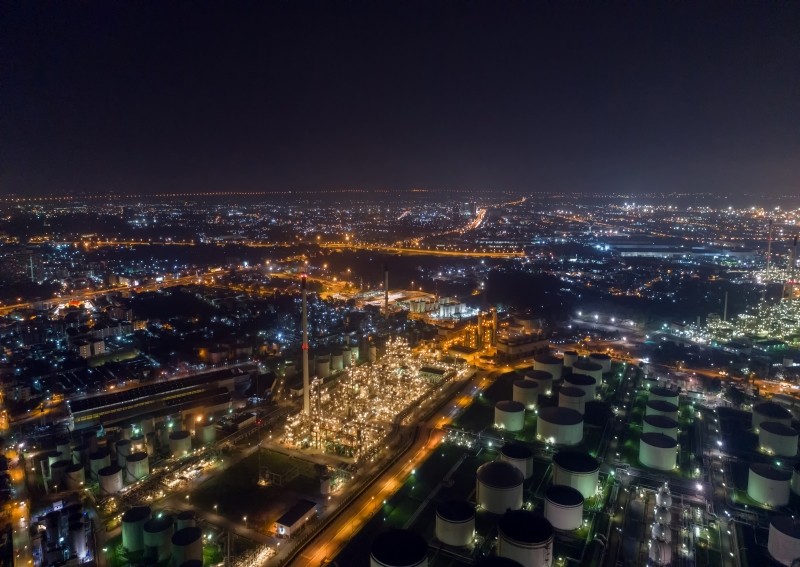Demand for power monitoring and management growing

Schneider Electric - The global data centre colocation market is expected to grow at a compound annual growth rate (CAGR) of 12.9 per cent from 2020 to 2027, driven by the demands of digitalisation and surging data volume from social media and OTT platforms.
As businesses roll out more digital systems than ever, the reliability and cost benefits that only colocation providers can deliver is pushing enterprises inexorably towards these dedicated facilities.
The incredible demand for colocation capacity means that providers are hard-pressed to keep up. And even as they expand, colocation providers must ensure that their existing facilities have what it takes to maintain their uptime against new challenges.
Moreover, the risk of grid instability and power disruptions is growing due to a combination of factors such as more severe storms, ageing infrastructure, and an evolving energy network as green energy providers hop on the bandwagon.
Another relatively new but growing consideration would be the rise of cyberattacks against digital infrastructure. The growing sophistication of cyberattacks is undeniable and means that adopting a robust and viable cybersecurity strategy within the data centre cannot be overlooked.
More must be done to harden legacy or critical power systems against cyber-attackers.
All things considered, there's an urgent need for more IoT-enabled sensors, electrical meters, smart breakers, and other intelligent equipment to effectively monitor and manage power networks and systems. Existing nonsecure systems might also need to be replaced or upgraded.
But how can colocation providers make the right decisions that will future-proof their power management systems?
For a start, colocation providers upgrading their power management systems should consider going with an adaptable architecture and solution that can accommodate and interoperate well with the new power and cybersecurity landscape.
And as the energy landscape continues to evolve, it should be able to work with complex energy distribution from the traditional power grid, as well as renewable power sources and next-gen energy storage systems.
Given the growing prevalence and role of connected devices, the power management system should also be compatible with connected systems and IoT-enabled communications networks, from wired to wireless.
They should also have the capability to support scores or even thousands of connected devices.
Properly collected and analysed, the data from connected devices offer tremendous potential. They can be processed by AI-based algorithms to predict impending equipment failures, or to offer actionable insights to increase energy efficiency and reliability.
Of course, energy efficiency within the data centre is not something that can be achieved with a one-time upgrade.
Success necessitates connecting the dots across multiple fronts: from standardised and well-integrated design - using good reference design and digital design tools, the use of energy-efficient components, and proper monitoring and management.
Energy efficiency is increasingly becoming a lever for profitability and growth in today's carbon-conscious world. To learn more about how organisations can improve energy efficiency and sustainability, do check out this earlier Schneider Electric blog here.